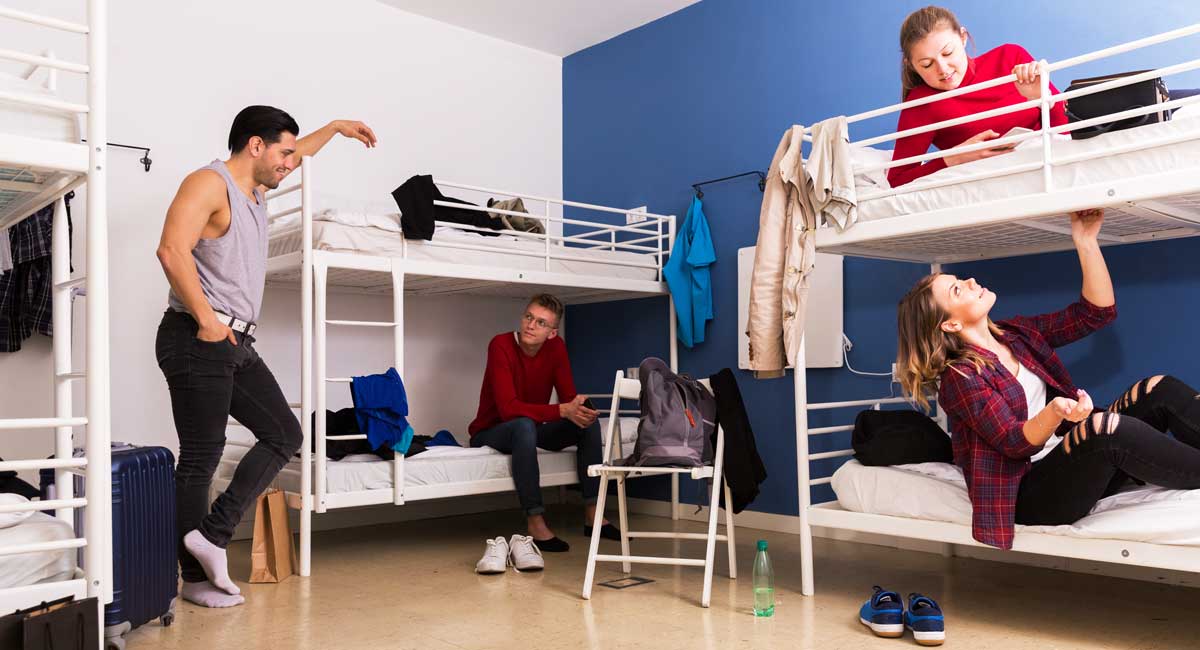Hostels are budget-friendly accommodations that provide shared sleeping areas and communal spaces for travelers. The furniture used in hostels is generally simple, functional, and easy to maintain. Here are some examples:
- Bunk beds: Hostels typically provide bunk beds in shared dormitories. Bunk beds are a space-saving solution that allows multiple travelers to sleep in the same room.
- Lockers: Hostels usually provide lockers or storage compartments for travelers to store their luggage and personal items.
- Chairs and tables: Hostels may provide chairs and tables in common areas such as lounges or dining areas. These spaces are designed for travelers to socialize, relax, or work.
- Reading lamps: Bunk beds in dormitories usually come equipped with individual reading lamps to provide a private light source for each traveler.
- Bedside tables: Bedside tables are often provided in dormitories to give travelers a place to store their personal items, such as mobile phones, books, or glasses.
- Shelving units: Hostels sometimes provide shelving units or bookcases in common areas to give travelers a place to store their belongings or display their items.
Overall, the furniture used in hostels is designed to provide basic functionality and comfort for travelers. Hostels typically prioritize functionality and affordability over luxury, so the furniture tends to be simple and easy to maintain. However, hostels can also be creativewith their furniture, using unique designs or repurposed items to create a welcoming and eclectic atmosphere for travelers.
Image come from: https://travellemming.com/hostel-vs-hotel/




Leave A Comment